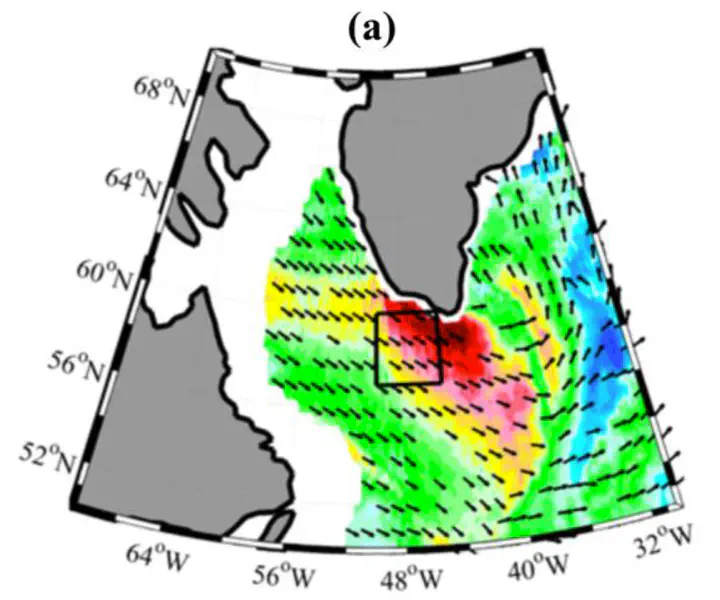 Fig 3. Monthly averages of QuikSCAT derived wind speed around Cape Farewell.
Fig 3. Monthly averages of QuikSCAT derived wind speed around Cape Farewell.Abstract
It is debated that mesoscale reverse tip jets caused by distortion between atmospheric flow and Greenland contribute to wintertime deep convection in the southeast Labrador Sea. Synoptic scale westerlies from the Canadian continent are argued to have greater cooling influence than reverse tip jets at this site. Quantification of air-sea interactions between reverse tip jets, westerlies and the southeast Labrador Sea will provide vital information on the ability for these wind phenomena to contribute to global ocean circulation. Using QuikSCAT satellite wind data, reverse tip jets and westerlies have been objectively identified for seven winters (October to April) from 2002-2009. Composite analysis determines the surface heat fluxes and air-sea temperature differences associated with the wind events, through use of the European Centre for Medium-Range Weather Forecasts ERA-Interim reanalysis data. Over the southeast Labrador Sea both reverse tip jets and westerlies have average wind speeds up to 30 m s-1 . However, reverse tip jets are determined to have low associated ocean-atmosphere heat fluxes no more than -150 W m-2, whilst westerlies drive greater cooling with heat fluxes up to -720 W m-2 over single events. Associated atmospheric temperatures are the primary influence on negative heat flux magnitudes, not wind speed, with total wintertime heat fluxes correlating significantly to the mean winter air-sea temperature differences (r = -0.82). Westerly air temperatures originating from the Canadian continent are as cold as -9.7 °C, whilst air temperatures associated with reverse tip jets originating over relatively warm oceans are no cooler than -1.1 °C. Interannual variations are seen in winter heat fluxes and temperatures, largely from the influence of the North Atlantic Oscillation (NAO). Due to low associated heat fluxes, reverse tip jets are an insignificant influence on deep convection in the southeast Labrador Sea. However, westerlies with favourable atmospheric conditions (positive NAO) drive strong ocean-atmosphere heat fluxes with potential to influence convective activity in the southeast Labrador Sea.